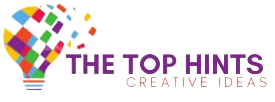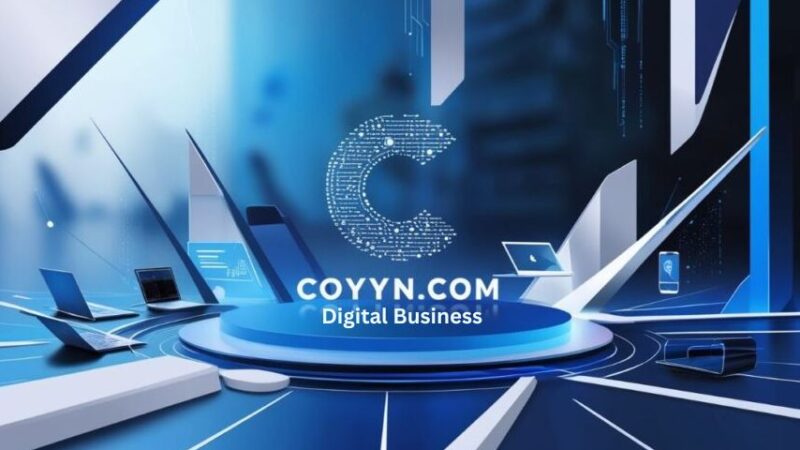The Definition and Uses Of Web Scraping for Businesses

Web scraping has become a handy tool for many businesses. While the demand for more data increases, more businesses are starting to use web scraping to collect data that can be used to make better business decisions. Web scraping can extract a wide range of data, including media such as images, videos and audio. But why would you want to use web scraping? And how do you get started?
In this article, we’ll be covering the basics of web scraping, from its definitions to its legality and its uses. We’ll also be looking at some popular coding languages used for web scraping, including image scraping with Python, as explained in this tutorial from Smartproxy. Keep reading to discover more about web scraping and how it’s used, and the different tools, coding and non-coding, that can be used to scrape data.
What Is Web Scraping?
Web scraping is the automatic collection and extraction of data from websites. This data is quickly gathered, much faster than a manual process, and compiled into a single format, such as a spreadsheet. Once the data has been compiled, businesses can analyze the results and draw conclusions, trends, and insights. While web scraping is commonly used to collect text-based data, there is also image scraping that can be used to extract different media forms such as images, videos and audio.
Is Web Scraping Legal?
Web scraping public data is legal. However, you also need to check the website’s terms of service that you want to scrape. These terms may include specific instructions regarding the extraction and use of data or images. Always respect the website’s terms of service to avoid issues with your web scraping practices.
You should never try scraping data or images from private sites or sites protected by log-ins and other privacy measures. This information is not considered public since steps have been taken to protect the data.
What Is Web Scraping Used For?
Web scraping can significantly impact many different aspects of a business. Let’s look at three of the most common use cases of web scraping.
Price Intelligence
Pricing Intelligence is probably one of the most used web scraping techniques. In the exceedingly competitive online world, a competitive pricing strategy is critical. Using web scraping, you can develop a dynamic pricing strategy by always being aware of how the market affects prices. You can also optimize revenue by ensuring you charge a fair price for your products compared to competitors. You can also monitor competitors’ pricing to ensure that your prices remain competitive.
Market Research
Market research is a critical ongoing process, and the best way to effectively conduct market research is using the most accurate and updated information possible. Using web scraping to collect high-quality, high-volume and highly insightful data will help business owners make the best decisions for their business. Web scraping for market research can be used to analyze market trends, research and develop new products or services, and monitor what your competitors are doing.
News and Content Monitoring
Today’s media can be a great asset or a potential threat to your business. You need to be aware of what’s being said about your brand and product to respond appropriately. By not responding, you can cause damage to your brand’s reputation. Web scraping can help you find any mentions of your products or brand across the web. You can also use web scraping to monitor consumer sentiment and how your content is being received. You can also identify gaps in your content or areas that need improvement by using web scraping.
Coding Languages For Web Scraping
The most popular coding language for both web scraping and image scraping is Python. BeautifulSoup contains a vast library of web scraping frameworks for Python, making it easy to use. This vast library makes Python the favorite when it comes to web scraping. Not only is data scraping possible with BeautifulSoup’s library, but image scraping in Python is also simple and easy to do with access to this library and some coding knowledge.
Python isn’t the only coding language that can be used for web scraping. Other languages like Java can be equally as effective. Java also has its own library of web scraping frameworks called jsoup. So, even though Python may be more popular, you can use the coding language that you are familiar with for best results.
Other Tools For Web Scraping
Don’t know a coding language? That’s not a problem. Thanks to the #NoCoding movement, more tech developers are creating tools such as web scrapers where the users don’t need to know coding to use the software. Examples of these are Smart Scraper, Octoparse and ParseHub.
Final Thoughts
Web scraping is an immensely useful tool that can impact many different aspects of a business. From marketing to sales and even pricing intelligence, all these aspects can be improved by having access to reliable data collected through web scraping.





